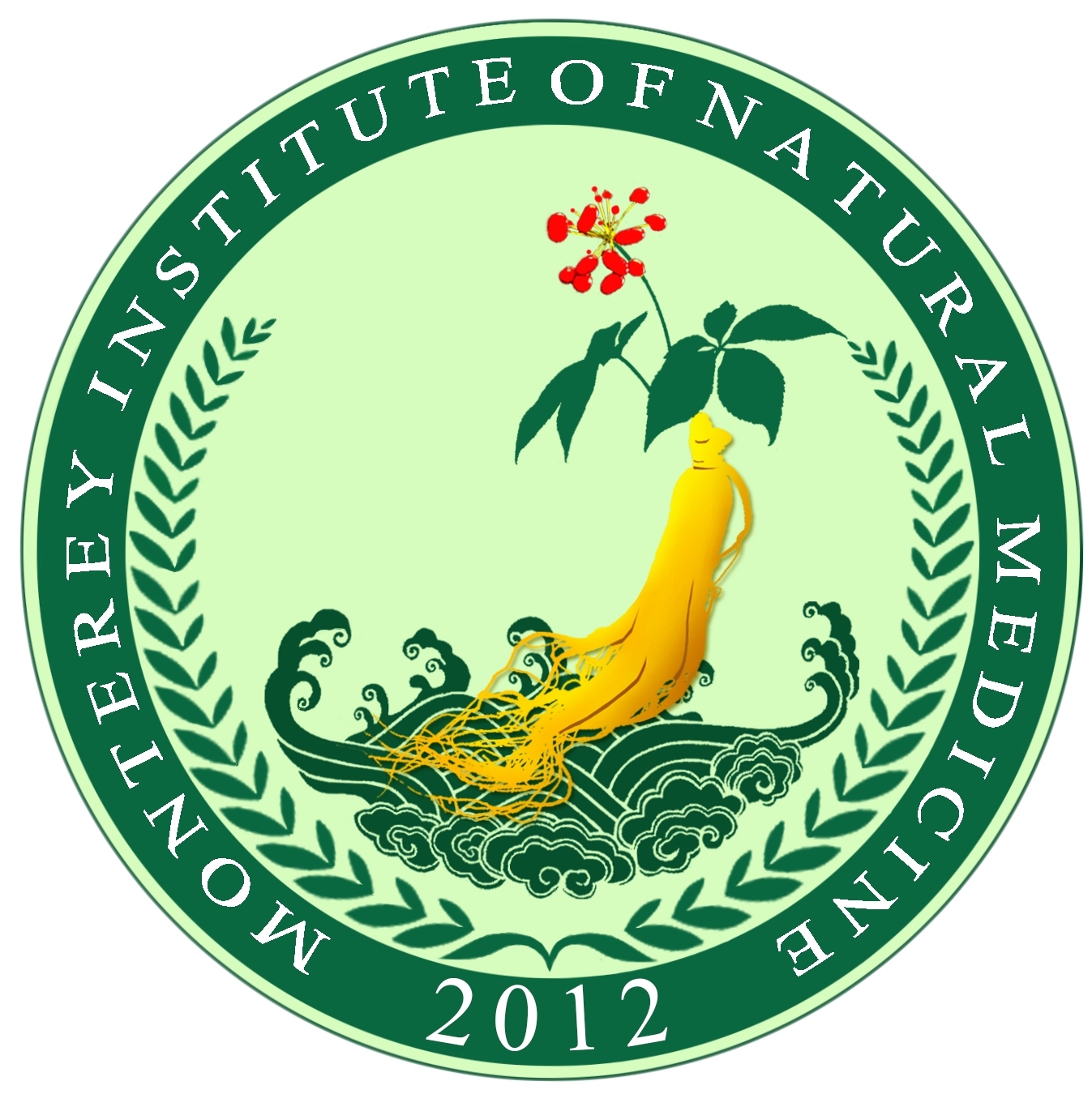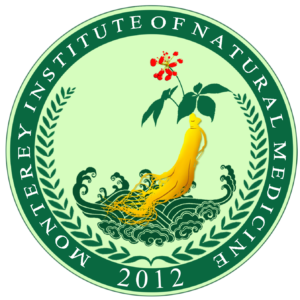Parkinson’s disease is defined in Oriental medicine as a symptom of “convulsions” and falls under the liver-wind pattern, with a deficiency of body fluids and blood not nourishing the sinews and channels. The main causes are overwork and excessive sexual activity, excessive consumption of greasy or sweet foods, and emotional stress.
Each of these factors in different ways may lead to liver-wind, with three main patterns of symptoms.
1. Qi and Blood Deficiency
The manifestations are a longstanding, pronounced tremor of a limb; a sallow complexion; a staring look; dislike of speaking; occipital stiffness; cramps in the limbs; difficulty moving; uncoordinated walking; dizziness; blurred vision; and sweating that is worse with movement. The tongue is pale, quivering, and swollen, with teeth marks; the pulse is fine.
The treatment principle is to tonify qi, nourish blood, invigorate the connecting channels, and extinguish wind. The acupuncture points used are ST 36 and SP 6 to tonify qi and blood; Ren 4 to nourish blood; and LV 8 to nourish the liver blood. An empirical herbal formula is used, containing Huang qi and dang shen to tonify the qi; dang gui, bai shao and ji xue to nourish the blood and expel wind from the channels; tian ma, gou teng, zhen zhu mu and ling yang jiao to extinguish wind; and dan shen to move the blood.1
2. Phlegm-Heat Agitating Wind
The manifestations of phlegm-heat are obesity; a staring look; a dislike of exercise; a feeling of chest oppression; dry mouth; sweating; dizziness; spitting of yellow phlegm; a stiff neck and back; and a tremor of a limb (which can be stopped). The tongue is red with a sticky, yellow coat; the pulse if wiry, fine and rapid.
The treatment principle is to resolve the phlegm, clear heat, extinguish wind and invigorate the connecting channels. The points used are ST40 to resolve the phlegm; Ren12 and UB20 to tonify the spleen to resolve phlegm; SP 6 and SP 9 to help resolve phlegm; and LV 3 to subdue wind. An empirical herbal formula is used containing gua lou, nan xing and zhu li to resolve phlegm; gou teng, tian ma, ling yang jiao and zhen zhu mu to extinguish wind; and dan shen and chi shao to move the blood.1
3. Liver and Kidney Yin Deficiency
The manifestations are a thin body; dizziness; tinnitus; insomnia; dream-disturbed sleep; headache; night sweats; mental restlessness; sore back and knees; numbness of the limbs; stiff neck and back; tremor of the head; clenched teeth and tremor of the jaw; longstanding tremor of a limb; difficulty and clumsiness of walking; a staring look; and poor memory. The tongue is moving, thin and red, without a coat. The pulse is either fine and rapid or floating and empty.
The treatment principle is to nourish the yin, extinguish wind, and invigorate the connecting channels. The points used are Ren 4, UB 23, KI 3 and SP 6, all of which nourish the kidney yin; UB 18 and LV 8 to nourish the liver yin; and LV 3, which subdues liver wind. An empirical herbal formula is used containing sheng di huang, shu di huang, shou wu and xuan shen to nourish the blood/yin; gou teng, bai ji li and ling yang jiao to extinguish wind; mu li to nourish the yin and subdue wind; dan shen and chi shao to move the blood; and du zhong to tonify the kidneys and expel wind from the spine.1
Foods that are appropriate for the patient’s individual pattern should be suggested. Dairy products are good for nourishing the yin, but should be avoided in this case, since too much can cause a buildup of phlegm in the body. Excessive phlegm has been linked with the development of Parkinson’s disease.
Of these three patterns, the qi and blood deficiency pattern has the best results with acupuncture and herbal treatment. The liver and kidney yin deficiency pattern has the least results in the treatment of Parkinson’s. The sooner an acupuncture treatment is started after the initial onset of symptoms, the better the results. Acupuncture and herbal treatment can be given in conjunction with Western anticholinergic agents and/or L-dopa therapy. After some weeks of treatment, the dosage of Western drugs could be reduced, but this should be done very gradually.1
General acupuncture points that can be used to extinguish wind are GB 20, LI 11, SJ 5, GB 34 and LV 3, plus local limb points such as LI 11, LI 11, SJ 5 and LI 4 for the arm and ST 31, GB 31, ST 36, GB 34, ST 41 and GB 40 for the leg. The scalp chorea line is needled on the opposite side of the trembling limb. These points can be used with the points already stated for the individual patterns.1
A study conducted in 2002 by the Second Clinical College Affiliated to Nanjing University of Traditional Chinese Medicine found that acupuncture was effective in improving auditory responses in Parkinson’s patients. The specific points used in this study were DU 20, GB 20, LI 4, SP 6 and LV 3 (group I) and si sheng cong, LI 11, SJ 5, GB 34, ST 36 and ST 40 (group II); hua tou jia ji of T3-T6, T7-T11 and T12-L3 were added, and both groups were alternated. Electrical stimulation was used on si sheng cong and GB 20. Other points were added such as SP 21 and LV 14, which had moxibustion applied for specific symptoms such as marked rigidity of the neck.2
Another study found that the use of foot yin tuina massage and needling of points ST 42 and SP 3 on the foot resulted in full restoration of facial expression in 24 test subjects with Parkinson’s disease.3
The needling of auricular points Shen Men, Sympathetic, Kidney, Heart, Thalamus, Occiput and Nervous Subcortex stimulated brain regions that may have been damaged by Parkinson’s disease to function more efficiently.4 Personal use of these points in the clinic has resulted in a significant change in the patient’s gait from a shuffle to a normal walk. Other non-Western methods of therapy for Parkinson’s include massage therapy, which provides short-term relief from tremors and helps to ease lower limb rigidity to improve the patient’s gait.4
Works Cited
- Maciocia G. The Practice of Chinese Medicine: The Treatment of Diseases With Acupuncture and Chinese Herbs. New York: Churchill Livingstone, 1994, pp. 657-663.
- Wang L, He C, Liu Y, Zhu L. Effect of acupuncture on the auditory-evoked brain stem potential in Parkinson’s disease. Journal of Traditional Chinese Medicine March 2002;22(1):15-17.
- Walton-Hadlock J. The use of yin tuina and stomach channel acupuncture points in the treatment of facial immobility in Parkinson’s disease. Journal of Chinese Medicine June 2002;69:43-48.
- Steefel L. Massage therapy as an adjunct healing modality in Parkinson’s disease. Alternative & Complementary Therapies November/December 1996;2(6):377-382.
This article was originally posted on the Acupuncture Today website.


